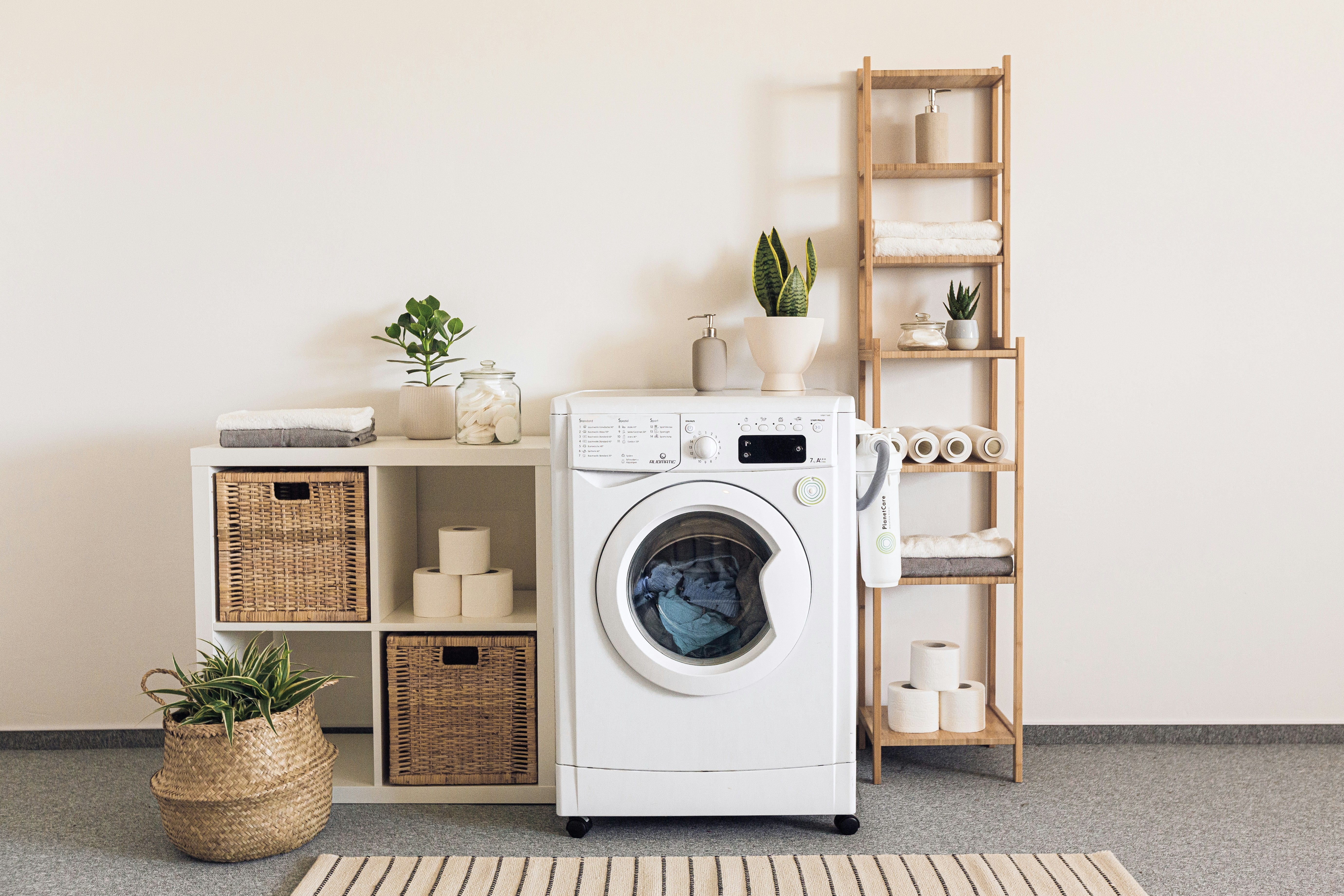Your dryer vent's exterior termination is typically located on an exterior wall closest to where your dryer sits inside the home, usually within 6-12 feet of the appliance.
The dryer exhaust vent location follows the path of least resistance through your home's structure, prioritizing the shortest possible run to minimize energy loss and lint accumulation.
Most dryer vents terminate on the side or rear exterior walls of homes, positioned 12-18 inches above ground level to prevent debris infiltration while remaining accessible for maintenance. However, the exact dryer vent location depends on your home's layout, local building codes, and installation constraints.

Common Dryer Exhaust Vent Locations
Side Wall Terminations
The most common dryer vent location is on the side exterior wall nearest the laundry room. This placement typically offers the shortest duct run, which is ideal for dryer efficiency and code compliance. Side wall installations are usually positioned 2-4 feet above grade.
Rear Wall Installations
In homes where laundry rooms back up to exterior walls, dryer vents often terminate directly behind the appliance location. This configuration provides the absolute shortest duct run but may require coordination with landscaping and outdoor living spaces.
Basement and Lower Level Vents
For basement laundry installations, dryer vents typically terminate on foundation walls, positioned high enough to prevent ground moisture infiltration but low enough to maintain reasonable duct runs. These installations often require additional weather protection due to their proximity to grade.
Multi-Story Challenges
Upper-floor laundry rooms present unique challenges for dryer vent location. Vents may terminate on upper exterior walls, require longer runs to lower termination points, or in some cases, terminate through the roof (though this is generally discouraged due to maintenance and weather concerns).
What Does a Dryer Vent Look Like Outside?
- Standard Exterior Appearance: Dryer vents typically feature a 4-inch diameter round opening with a hinged damper or louvered cover. The termination hood extends 1-3 inches from the exterior wall surface and includes a screen or guard to prevent pest infiltration while allowing lint and moisture to escape.
- Material Variations: Plastic terminations are common in builder-grade installations but may become brittle over time. Metal terminations (aluminum, galvanized steel, or stainless steel) offer superior durability and weather resistance. Premium copper or brass units provide both functionality and aesthetic appeal for high-end applications.
- Identifying Features: Unlike other exhaust vents, dryer terminations typically show evidence of lint accumulation around the opening, especially if maintenance has been deferred. You may also notice warm, moist air discharge during dryer operation, and the damper should open and close with appliance cycling.
Code & Installation Factors
Building Code Requirements
Most codes require dryer exhaust vent locations to be at least 3 feet from property lines, windows, doors, and other building openings. The termination must be at least 12 inches above grade and positioned to prevent discharge onto walkways or neighboring properties.
Structural Considerations
Dryer vent location is often determined by structural constraints including floor joists, wall studs, and existing utilities. The ideal location balances code compliance, structural integrity, and installation efficiency.
HVAC Integration
Professional installations consider the relationship between dryer vent location and other mechanical systems. Proper placement prevents conflicts with HVAC intakes, prevents lint contamination of other systems, and maintains adequate clearances for service access.
Why Are Dryer Vents So Hard to Install?
- Routing Challenges: The primary installation difficulty stems from routing rigid or semi-rigid ductwork through existing wall cavities, floor systems, and other structural elements. Unlike flexible materials, proper dryer vent installation requires smooth-wall ducts that don't compress or flex around obstacles.
- Code Compliance Complexity: Modern dryer vent installations must comply with increasingly stringent codes regarding materials, routing, termination details, and fire safety. Many older homes require significant modifications to meet current standards, adding complexity and cost to seemingly simple projects.
- Access Limitations: Retrofitting dryer vents in existing construction often requires accessing confined spaces, cutting through finished surfaces, and working around existing utilities. The 4-inch diameter requirement and prohibition on flexible ductwork in concealed spaces further complicates routing options.
- Length & Turn Restrictions: Code limitations on total duct length and the number of turns significantly constrain installation options. Each 90-degree turn reduces allowable total length by 5 feet, and maximum runs typically can't exceed 25-35 feet depending on local codes and dryer specifications.
- Material and Connection Requirements: Professional installations require specific materials (rigid or semi-rigid ducts), proper connection methods (sealed joints with appropriate tape or mastic), and compliance with fire safety standards. These requirements eliminate many shortcuts that might seem logical to inexperienced installers.
- Interference with Other Systems: Dryer vent installation often conflicts with plumbing, electrical systems, HVAC ducts, and structural elements. Resolving these conflicts while maintaining code compliance requires experience and sometimes creative problem-solving.
- Termination Complexities: Proper exterior termination requires weather-resistant installation, appropriate flashing, and coordination with siding or masonry materials. The termination must prevent water infiltration while providing adequate ventilation and pest protection.
Installation Considerations
- Site Assessment: Experienced contractors evaluate multiple potential dryer vent locations during planning, considering factors like structural obstacles, code requirements, aesthetic impact, and long-term maintenance accessibility.
- System Design: Professional installations optimize the entire system—from appliance connection through termination—considering airflow dynamics, energy efficiency, and fire safety. This holistic approach often reveals installation challenges that aren't apparent during initial assessment.
- Future Maintenance: Smart dryer vent location considers long-term maintenance requirements. Accessible terminations, reasonable duct runs, and quality materials reduce future service complications and extend system life.
The complexity of proper dryer vent installation underscores why many homeowners and even experienced contractors prefer to engage specialists for these projects, ensuring both code compliance and optimal performance.



1 comment
After reading this blog, I’ve realized that this is not a common man’s job. I was looking to get my dryer vent installed and thought I could do it myself but now I think I’ll get the best dryer vent installers in New York to do the job.